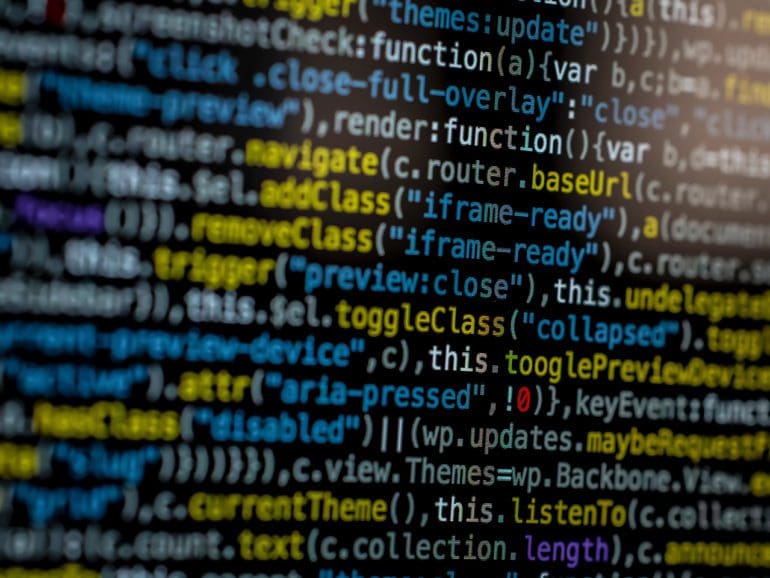Many financial institutions learned during the pandemic that it is hard to complete a successful digital transformation on the fly.
It’s easier if you deploy a Digital Integration Hub like Smart DIH, Gigaspaces‘ SVP of sales and operations for the Americas, Kevin Mergruen said.
The main issue is overcoming the challenges of providing a complete view across your company’s systems. How do you combine the data you have accumulated across multiple disconnected systems?
How COVID-19 increased the need for digital integration hubs
The pandemic forced organizations to rush to digitize. Many used existing technologies like APIs to link applications’ front ends to back-end data, Mergruen said.
Those firms often struggled with providing excellent customer service from every channel. Clients wanted great service across each of them.
“So now the organization has to be able to prepare the data, bring it up and make it available to the end user. That’s not a simple process,” Mergruen said. “As these organizations went down this traditional approach to building these new digital apps, they tended to be a coupled architecture. The front-end application would have a separate integration point and API for every different system of record. Many of those deployments required several integration points.”
That approach doesn’t scale and slows the system down as more apps and services need integrations. The system needs to be shut down when you upgrade it. Mergruen said up to 75% of development operations time is spent on data integration. That leaves little time to focus on UX.
How digital integration hubs work
Enter digital integration hubs, which separate applications from back-end data. In between, they insert a high-performance data store. It contains data from the last three to six months (in most cases). Gartner originally introduced the concept.
“Now you have a decoupled environment, an event-driven architecture,” Mergruen said. “The data is always on, pushing the data you require into the digital apps. Whether I’m building new apps in Java, SQL, or NET, that will serve my requirements. I am making much more efficient use of my development staff. They don’t have to worry about reinventing the wheel and bringing the data back into a usable format.
“We are not replacing an API strategy. We’re enabling an API strategy to be simplified.”
Gigaspaces employs a distributed, in-memory data grid that delivers low latency. It features tiered storage with the highest-priority data into the top-level and lower-priority information below. That is more cost-effective.
Improving legacy systems without downtime
Digital integration hubs are ideal for modernizing legacy environments, he said. They also help institutions in regions with open data requirements (like parts of EMEA) quickly adapt to them without harming legacy systems.
As legacy systems adapt to digital, they can struggle during high-usage periods, Mergruen explained. The UX is only as good as the slowest system. Digital Integration Hubs easily allow data to be enhanced and added. The system doesn’t have to go offline if an institution introduces a new digital app.
“Application leaders are looking for ways to deliver the high throughput and high-efficiency environments, but they need to reduce the impact on the back-end systems of record and the workload associated with it,” Mergruen said. “They’re saying that the whole aspect of introducing a digital integration hub helps you enable and empower these APIs to be more efficient.”
If your starting point is on-premise, that is fine, Mergruen said. Gigaspaces’ Digital Integration Hub supports on-premise systems, hybrids, and multi-cloud architectures. It layers on top of your existing technology.
That was good news to those institutions that had to rush into digital during the pandemic. Regardless of their systems’ quality and structure, they had to start there. The solution was to layer on top of existing technology and tie each application to the Digital Integration Hub. The process works the same for internal employee-based systems that have become so important over the last two years as many people work remotely.
Geospatial data, blockchain, and other trends
Looking ahead, Mergruen sees a convergence of technologies as more data moves into the cloud. Cybersecurity will evolve.
Plan for geospatial data integration, he suggested. Geospatial data describes features, events, and objects by combining location information like coordinates with the item’s characteristics and the time at which an event occurred. This includes one-off events like a transaction and ongoing events such as processes. Geospatial data can incorporate census information, satellite imagery, pictures, social media trails, and cell phone data. It is usually combined with traditional business data.
“I think you’ll see a blockchain become more of a standardized model,” Mergruen said. “And organizations need to understand how they fit within a blockchain. So that’s going to be one of the technologies that I think will become something we all will have to figure out how to integrate. To have an immutable environment, you have a digital journal to manage and see all the transactions happening.”



